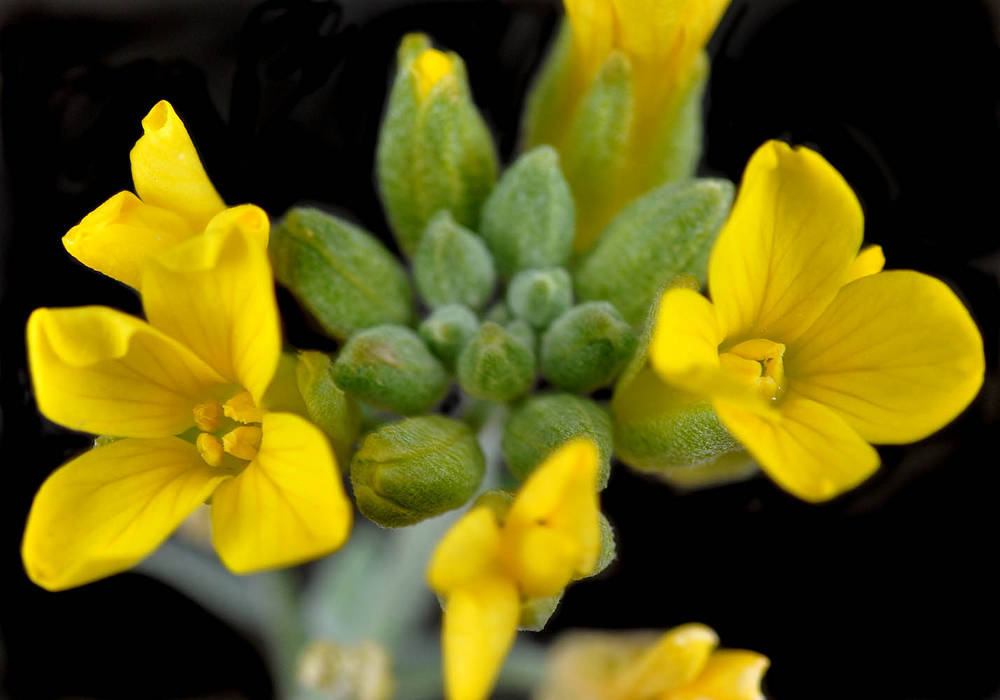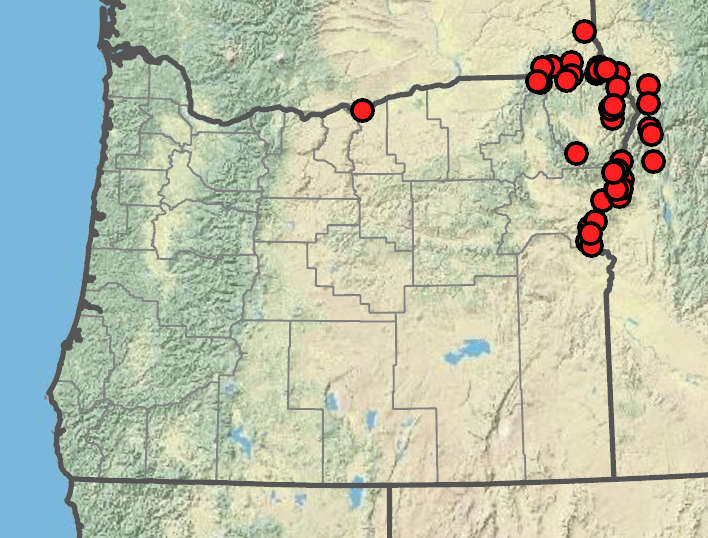Physaria ovalifolia
Physaria oregona
Oregon twinpod
erect to decumbent, 10–35 cm.
obovate, 4–6 cm, incised or toothed along petioles.
oblanceolate, 1.5–2.5 cm;
margins entire or dentate.
fruiting pedicels spreading, curved upward, 10–20 mm.
sepals oblong, 5–7 mm;
petals spatulate, 9–12 mm; lemon-yellow;
ovules 8 per ovary;
styles 1–2 mm.
slightly angustiseptate; terete, 10–12 mm;
tips notched;
basal sinus lacking, retaining seeds after dehiscence;
valves strongly inflated; bladdery, rounded, not angled on back; replums lanceolate, 6–8 mm; narrower than fruits; acute at tips.
not margined.
stipitate, with few forked rays, tuberculate.
=8.
Physaria ovalifolia
Physaria oregona
Serpentine areas, rocky slopes, gravelly banks, dry hillsides. Flowering Apr–Jun. 500–1800 m. BW. ID. Native.
Ihsan Al-Shehbaz



